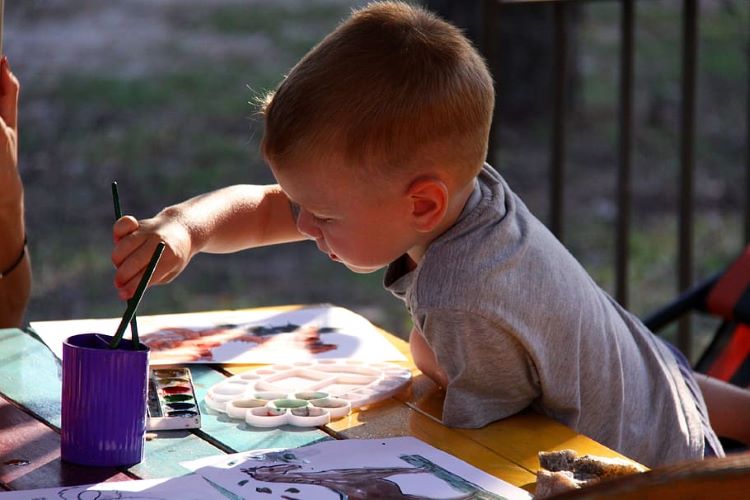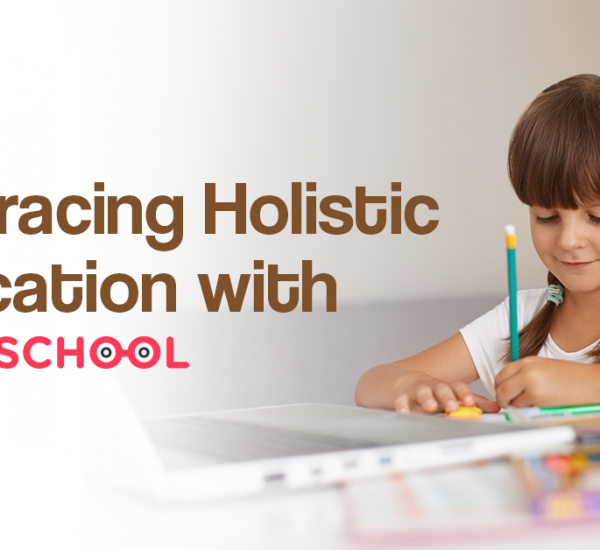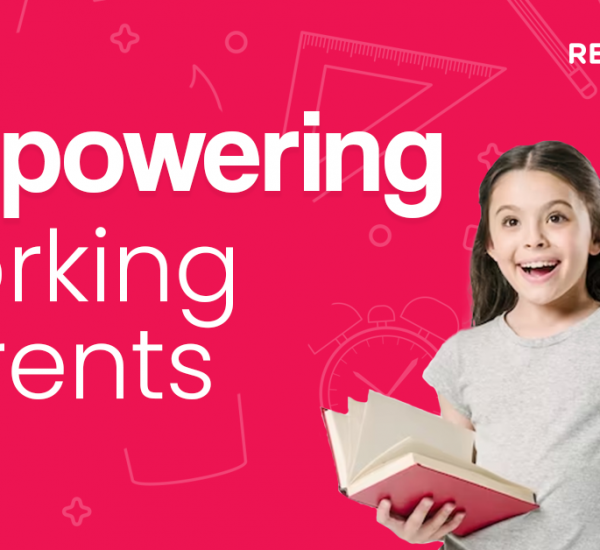Painting is among the areas in which some children may flourish as they begin to discover their abilities and interests. Painting may well not be every kid’s cup of tea, but it does offer perks that both you and your kid may benefit from. In this article, you will find some interesting painting activities for kids.
Painting Activities for Kids
The best approach to give your child a comprehensive painting experience is to provide a variety of washable, non-toxic paints, equipment, and surfaces.
Don’t limit yourself to paper and a normal brush. Experiment to find out what works ideal for you and your children. Looking for some fun and creative painting ideas for kids?
Here are some easy painting activities for kids:
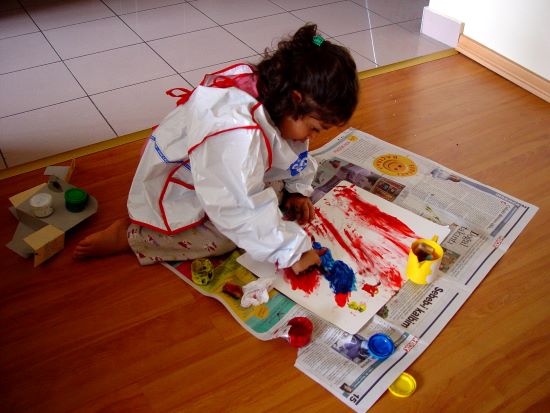
Learning courses for your kids! Get free trial here
#1. Finger Painting
There are store-bought finger paints available, as well as recipes for making your own.
Special finger paper is available in shops, but any sort of paper that is non-absorbent or shiny on at least one surface should suffice.
Prepare low cups for each colour, as well as big brushes or silicone spoons for applying the paints on fingers or paper.
Also Read: What is Project-Based Learning? Does PBL Really Work for Kids?
#2. Brush Painting
Paints of various sorts and brushes of various sizes can be utilized. Acrylic, tempera, finger paint, and watercolours are among them.
Surfaces like cardboard, papers, poster board, and cloth can also be provided.
#3. Stamp Painting
It is best done using acrylic or tempera paints.
Purchase wooden stamps with a variety of designs, letters, and numbers to dunk in paint and stamp onto filter papers.
You may make your own simple stamps by slicing fruits and vegetables into halves, like mushrooms, potatoes, apples, and oranges. They may be dipped and stamped to teach children about nature’s beauty and balance.
#4. Sponge Painting
Set out some washable board paint and various shaped sponges. You can use store-bought sponges or any sponges you have on hand.
Use a clothespin connected to the sponges as a “handle” for easy handling and less mess.
Paint on separate sheets of paper or on a huge desktop paper roll.
#5. Spray Painting
Give your youngster spray bottles loaded with water and food colouring or washable paints to use outside.
They have the ability to spray vast areas of paper from rolls, cartons, and textiles.
Also Read: How to Inspire Children’s Learning? Guaranteed Ways to Help Your Child Perform Well in School
#6. Water Colours
Use watercolour sets that span from a few fundamental colours to a larger spectrum of tones.
Allow your youngster to play with colour mixing on absorbent paper. Keep small pitchers of water nearby for washing brushes in between colours.
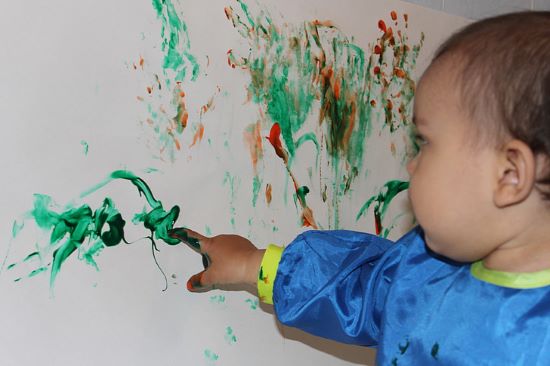
#7. Splatter Painting
Use light paints for this enjoyable artwork, like fluid watercolours or watered-down watercolours and acrylics.
It’s preferable to do this outside, and spreading up huge pieces of cardboard underneath the paper sheets can assist.
Standing, your youngster may hurl or splatter colour onto the paper using a disposable painting cup in one hand and a huge paintbrush in another.
#8. Mud Painting
Collect mud from the environment or build your own using sand and water. Add food colours in separate paper cups if desired.
Indoors, your child can use his fingers or big paintbrushes to paint on paper; outside, he can paint on pavements, pebbles, or stones.
Learning courses for your kids! Get free trial here
#9. Feather Painting
Put somewhat diluted tempera colours onto paper with sprayers, then move the paint about with feathers.
Feathers can also be used for printing; simply paint the feather with a paintbrush and stamp it into paper.
#10. Bubble Painting
For each colour, combine several teaspoons of washable tempera or acrylic paint and a few teaspoons of bubble solution or dish detergent in a cup.
Dip a straw or bubbles stick in the colour and then blast the bubbles onto the paper outside (or on a large interior table).
Importance of Painting Activities for Kids
The value of sketching and painting in kid development must not be underestimated. So, what abilities do toddlers and preschoolers gain from painting?
Some of the benefits received by young children experimenting with paints are obviously evident, such as practising hand control and displaying their creativity.
Several of the developmental advantages of art, on the other hand, may be more subtle. Let’s look at why your preschooler should paint frequently.
#1. Fine Motor Control
While painting with various tools, youngsters exercise and build the tiny muscles in their wrists, hands, and fingers.
This is essential for learning how to grasp pencils and pens when writing at school, as well as flipping the pages of textbooks as they read.
#2. Gross Motor Control
Gross motor skills use the major muscle groups, that are also used when youngsters paint.
Some forms of painting, like those that need a huge surface area to be coloured (a wall, pavement, or a large bit of paper) and big drawing tools, are beneficial to the major muscles.
#3. Eye-Hand Coordination
Eye-hand coordination is the use of visual information to direct both fine and gross motor movements.
Learning to handle paintbrushes and other art tools is a fantastic approach to improve eye-hand coordination, with an emphasis on the space in between rather than the tool and where it should rest on the surface.

#4. Visual Perception
Visual perception is the process through which the brain interprets what the eyes see.
#5. Spatial Attention
This is the capacity to picture shapes in the mind’s eye, also known as visual-spatial attention or visuospatial attention.
These abilities are necessary for future employment in math, technology, science, architecture, and the fine arts.
This talent is practised before commencing a drawing, when new painters usually conceive the plan in their heads, and even when twisting the canvas this way and that.
#6. Creativity
Young children are more ready to experiment with their art and are less concerned with the ultimate result.
Painting is a terrific opportunity for youngsters to practice creativity without worrying about what other folks think of their creations when parents avoid giving them directives or sample drawings.
#7. Healthy Expression of Emotions
Children frequently lack the language to express what is in their thoughts and emotions. Drawing allows individuals to express themselves via the use of colours, lines, forms, and textures, as well as the act of creating a mess.
Drawing may also be a very relaxing pastime for youngsters who are anxious, irritated, or concerned.
#8. Art Appreciation
After studying about and witnessing the works of notable painters, students can experiment with replicating that style in their own works. Children also learn to value their classmates’ artwork and are coached by adults in providing positive feedback to one another.
#9. Planning Skills
Painting allows youngsters to choose the colours and equipment to use in their projects.
They determine what they want to depict, where certain forms should be placed in their artwork, and which colours to use as they begin.
Kids can sketch prototypes of their designs and even experiment with different colour combinations on scratch paper.
#10. Pre-Writing Skills
These are the fundamental abilities required to begin writing.
Working with geometric forms, as well as manipulating drawing tools, are important pre-writing attributes incorporated into craftsmanship and drawing.

Learning courses for your kids! Get free trial here
Conclusion
Painting may be used as therapy for a youngster who is experiencing various emotions, whether they are mild or overwhelming. Painting, in addition to speaking, may help youngsters feel better about things they may have locked up within.
Perhaps the most significant advantage is that painting allows you and your children to interact and spend quality time together.
Visit The Real School Of Montessori, to find more fun and exciting activities for kids.
Also Read: Why are Physical Activities Important for Children? What Is Its Role in Healthy Development?


